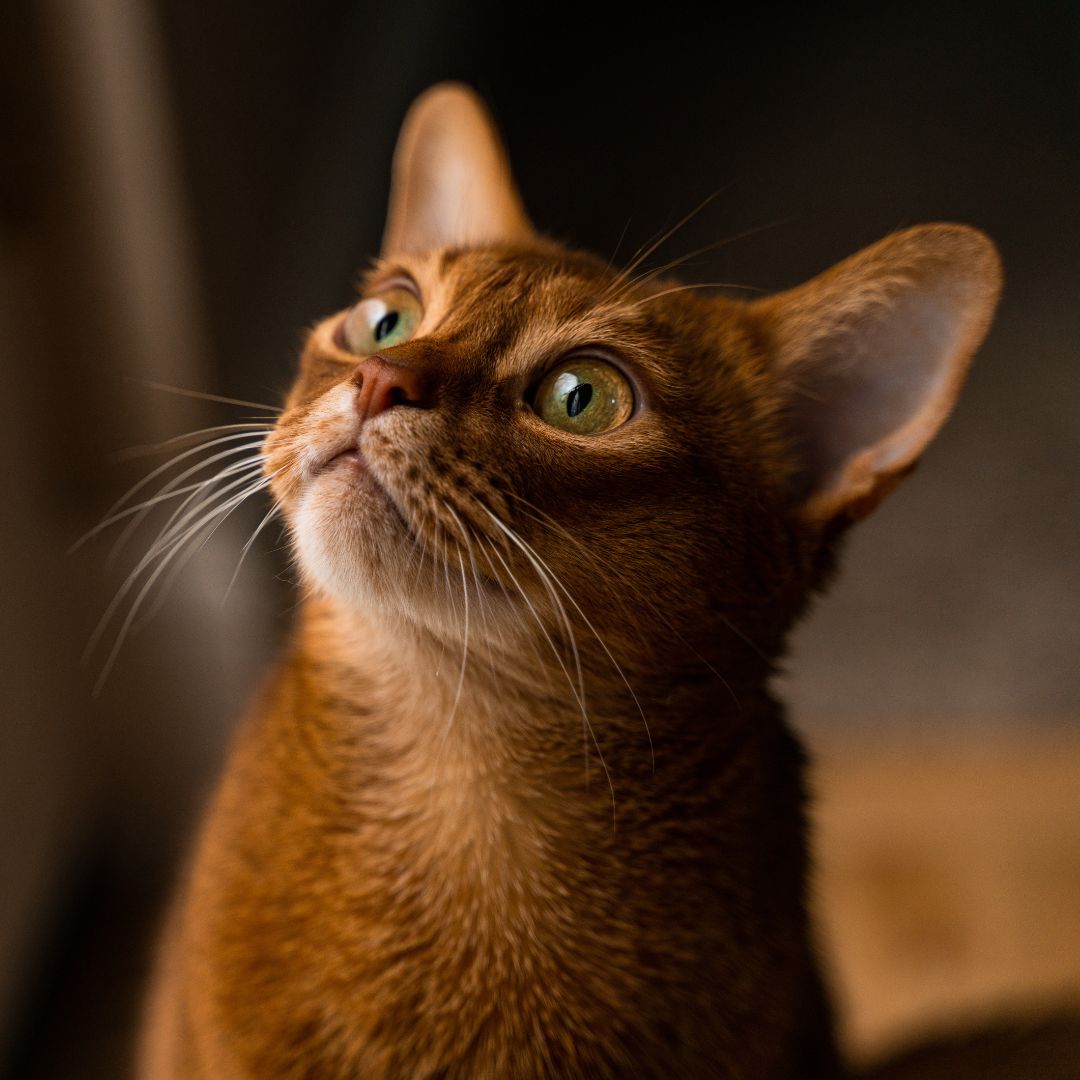
The Fascinating World of Feline Communication: Decoding Your Cat's Language
Share
Introduction:
Cats, with their enigmatic personalities and mysterious behaviors, have captured the fascination of humans for centuries. From their graceful movements to their unique vocalizations, cats communicate in ways that sometimes leave us puzzled but always intrigued. In this blog, we'll delve into the captivating world of feline communication, exploring the various ways cats express themselves and how we can better understand our beloved feline companions.
Body Language:
A significant portion of a cat's communication occurs through non-verbal means, utilizing subtle body language cues. Observing your cat's posture, facial expressions, and tail movements can offer valuable clues about their mood and intentions. For instance, flattened ears and dilated pupils often signify fear or defensiveness, whereas a relaxed stance with an upright posture and a gently swaying tail typically indicates contentment and confidence.
Vocalizations:
Cats are not known for being as vocally expressive as dogs, but they do have an array of sounds they use to communicate with us and with each other. From the familiar "meow" to chirps, purrs, trills, and hisses, each vocalization carries its own meaning. For example, a short, high-pitched meow might signal a greeting or a request for attention, while a deep, throaty purr often indicates contentment or relaxation.
Grooming Behaviors:
Beyond mere hygiene, grooming serves as a significant aspect of feline social interaction. All grooming, or mutual grooming, not only aids in cleanliness but also fosters stronger bonds among cats, particularly those within close-knit relationships. Moreover, when one cat affectionately licks another's head, it can convey both submission and affection, deepening their social connections.
Scent Marking:
Cats utilize scent glands situated across their bodies, including their cheeks, paws, and tail base, for marking territory and communication with peers. By rubbing their face against objects or individuals, cats leave behind their unique scent, asserting ownership. Similarly, scratching behaviors also contribute to scent marking, as the glands in their paw pads release pheromones onto surfaces they scratch, serving as a form of territorial declaration.
Conclusion: Understanding the language of cats requires us to pay attention to a combination of vocalizations, body language, grooming behaviors, and scent marking. By observing and interpreting these cues, we can deepen our bond with our feline friends and better meet their needs. So the next time your cat meows or rubs against your leg, take a moment to listen and observe—they may be trying to tell you something!
Cat Blogs: Cat Behavior | Cat Food | Cat Health & Care | Cat Training | Cat Breeds | Cat Lifestyle | Cat People
Visit our blogs page for more fun cat topics and cat products visit www.catcurio.com
Follow CatCurio: Instagram I Facebook I Twitter I YouTube I Tumblr I Pinterest
